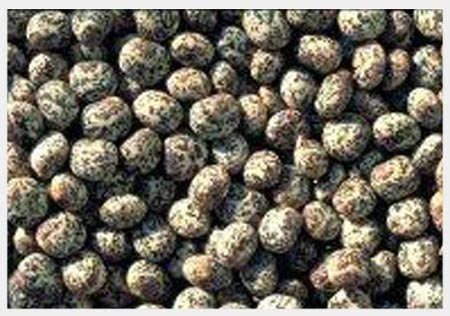- Fruits
- Vegetables
- Barley Bran
- Almond ( Raw/Roasted/Baked)
- Barley Flour
- Barley Grain
- Bread Mix Stone Ground
- Bread Mix White
- Buck Wheat Flour
- Hulled Millet
- Kernel Cracks
- Stabilised Quick Oats
- Stabilised Rolled Oats
- Sunflower Kernels
- Pressed
- Sunflower Seeds
- Unbleached Cake
- Unbleached Plain
- White French Millet
- Wholegrain Plain
- Wholegrain Self
- Wholegrain Spelt
Albus 1

Nutritional Information
Both varieties of Lupins have a two-fold nutritional value, being a concentrated source of both protein and energy. Angustifolius in particular is recognised internationally as a valuable stockfeed ingredient. It is the protein quality, fibre digestibility fatty acid composition and mineral balance that makes Lupins an attractive vegetable protein source. Lupins can be stored relatively easily since they feature a low moisture content and hard seed coat.
Lupins could be an attractive alternative to dry beans and soya beans currently used for human consumption as the protein and oil is readily digested and the seeds have a high content of dietary fibre. The range of possibilities include being ground for flour, fermented to produce high quality tempe, used as a snack food base or being utilised in the production of protein concentrates or fermented sauces. Albus Lupins have particular potential for processing as its lower content of yellow pigment means greater ease in making near-white vegetable based products.
